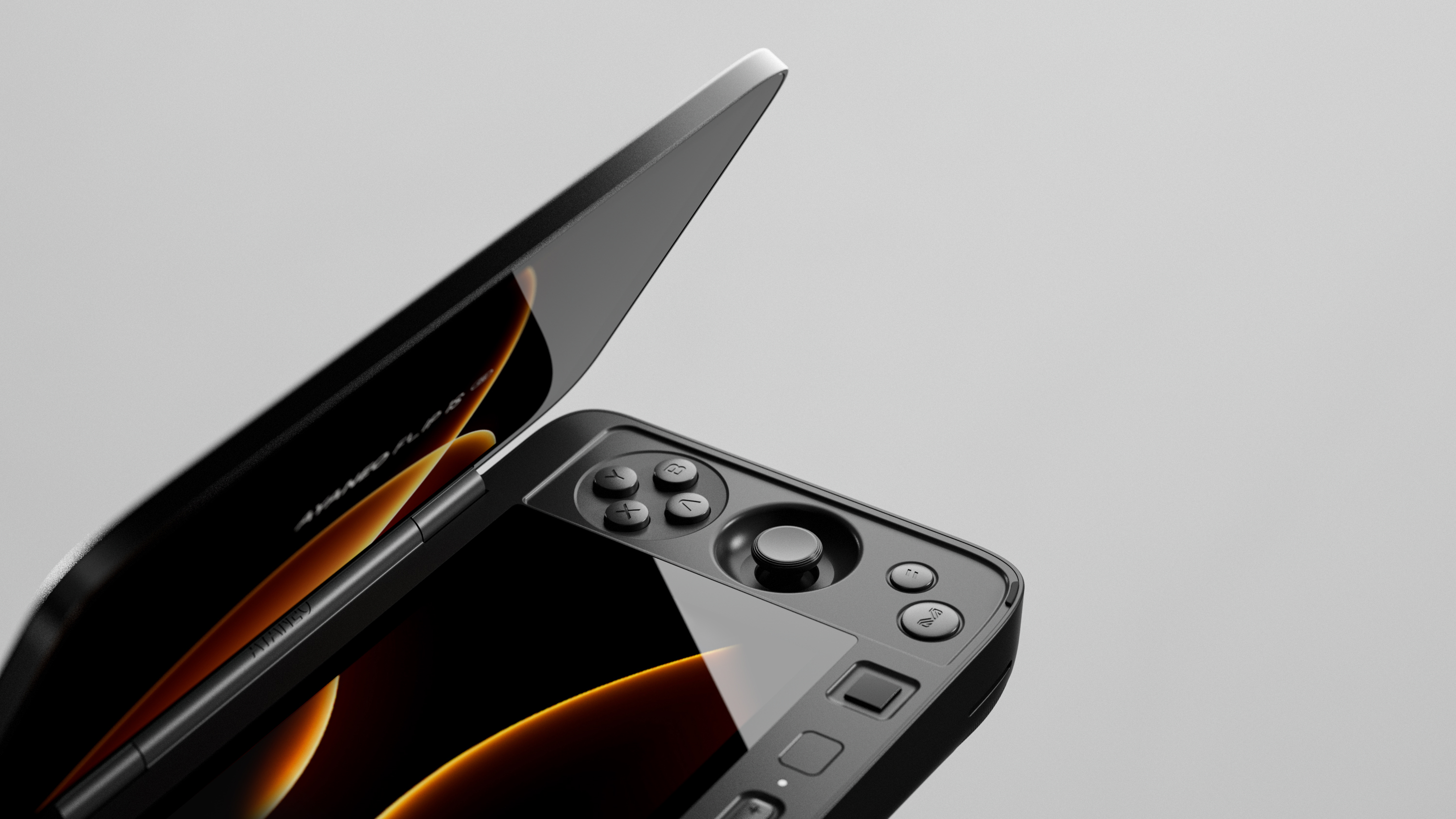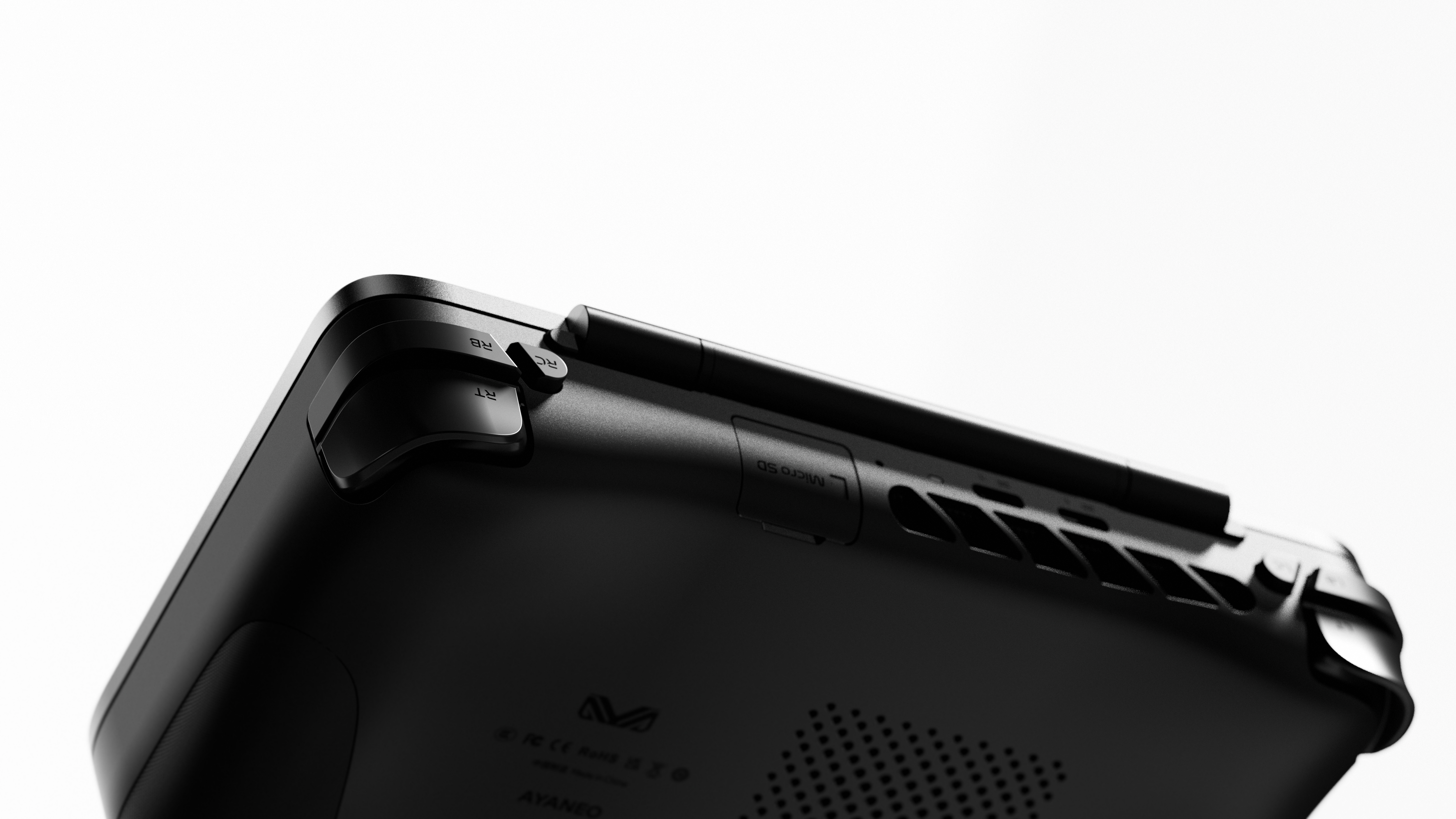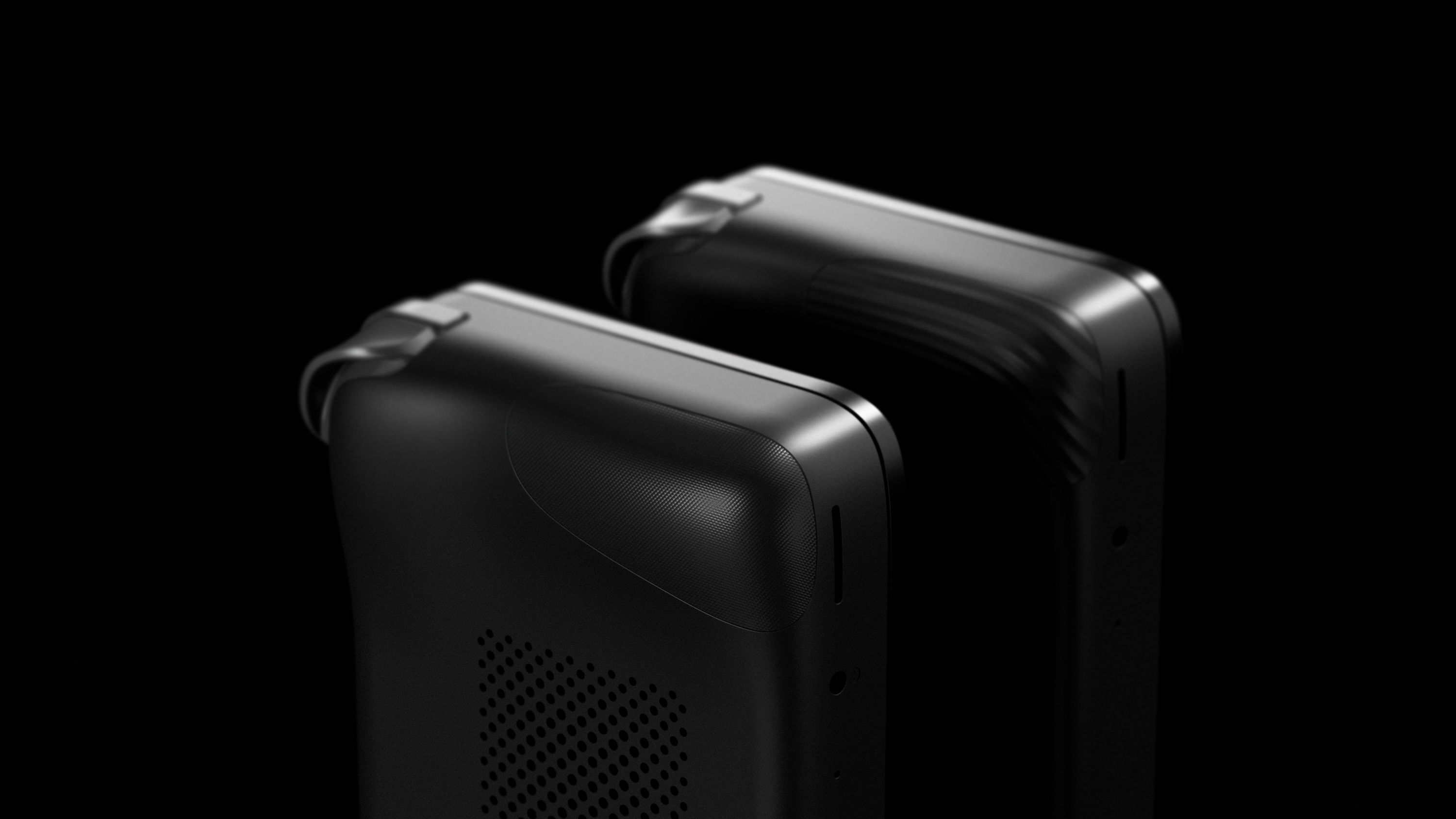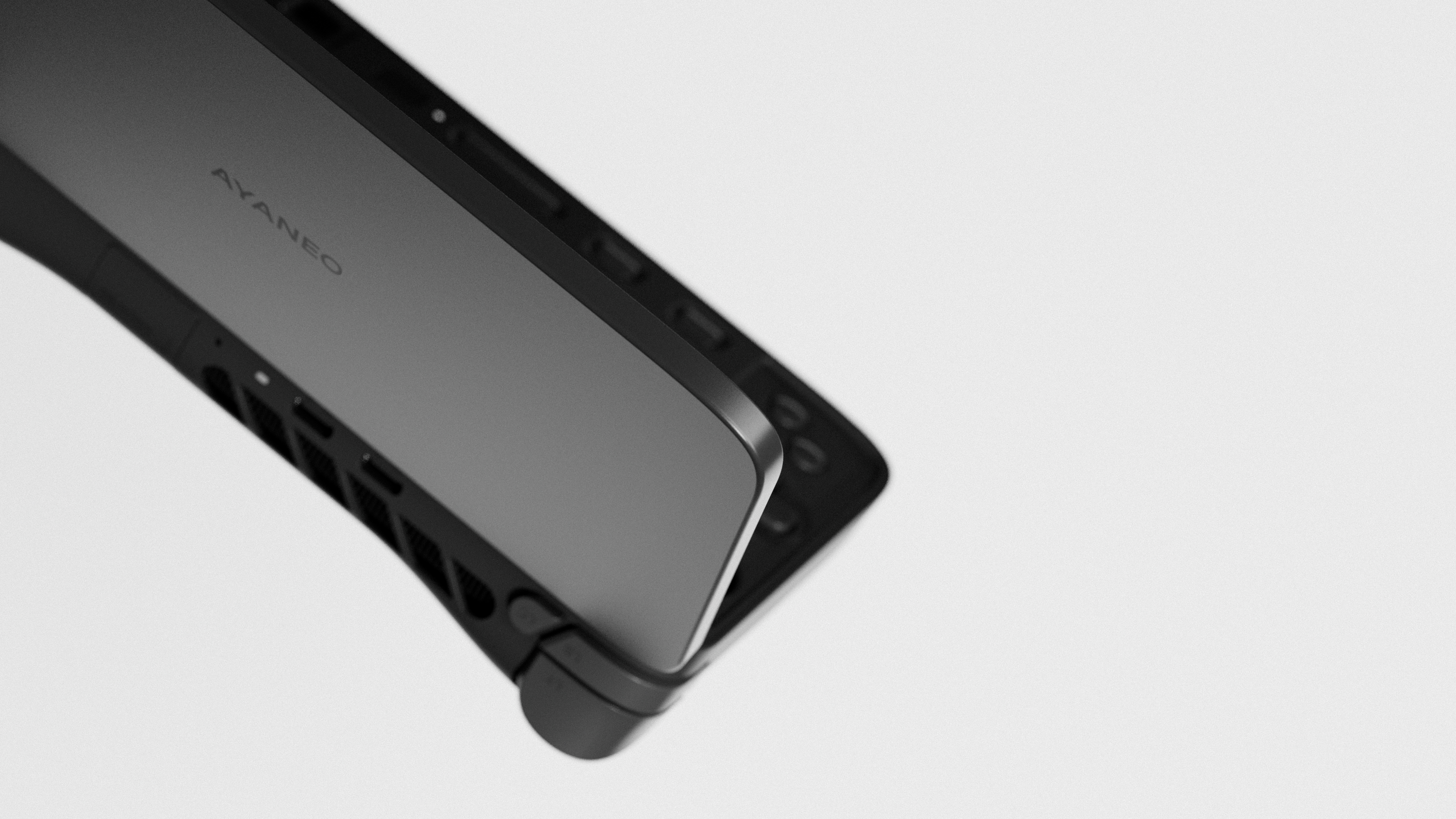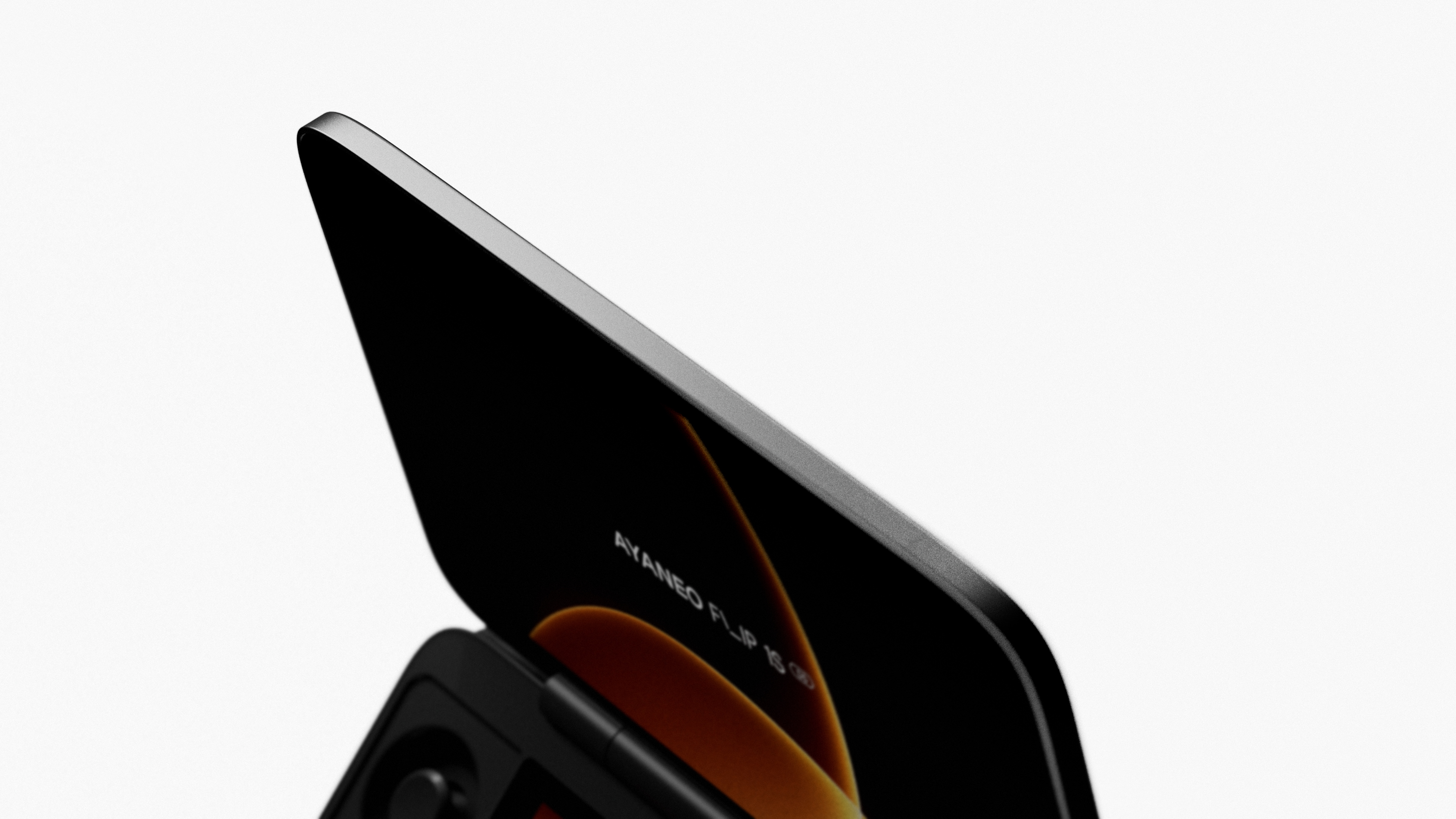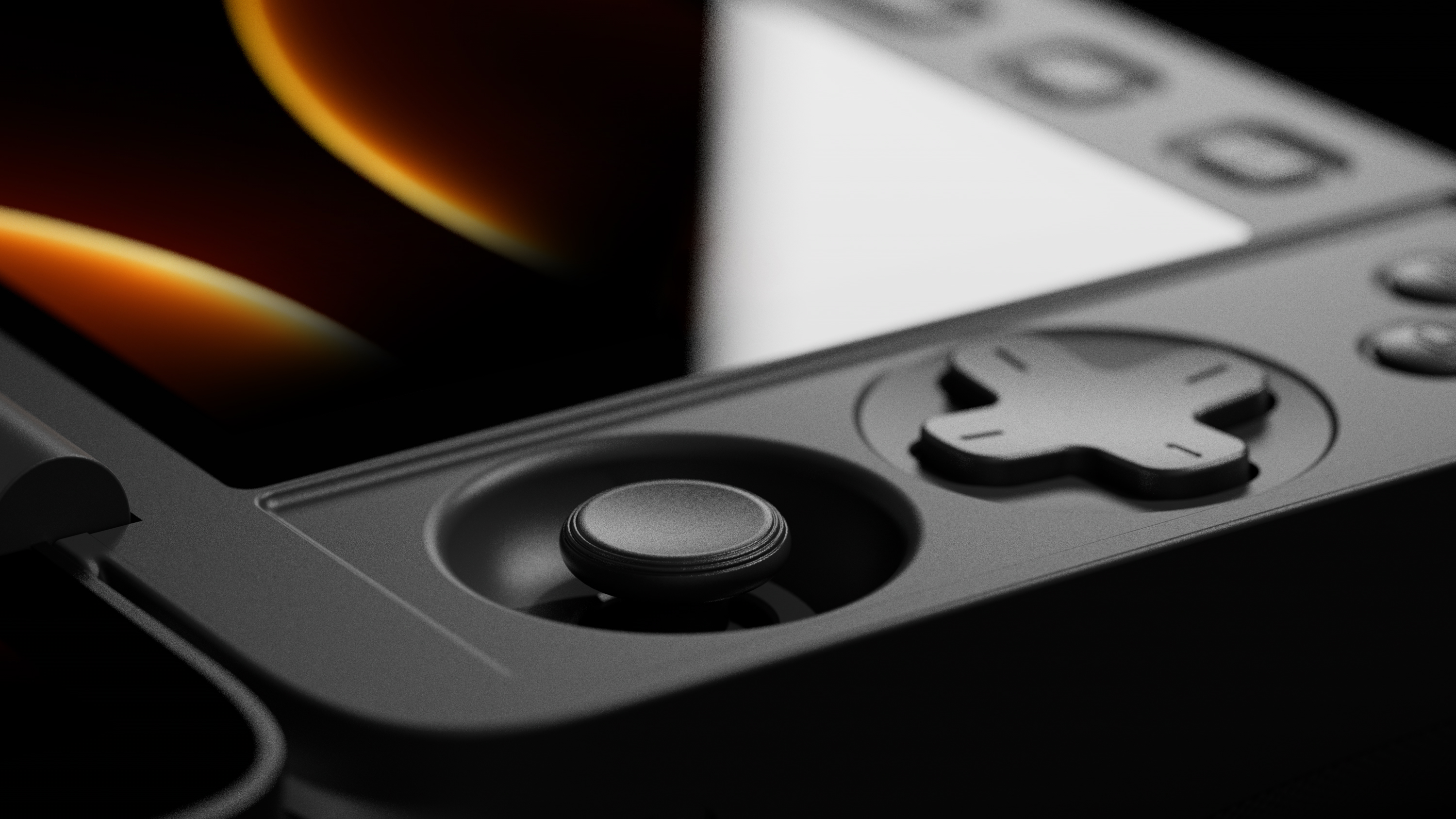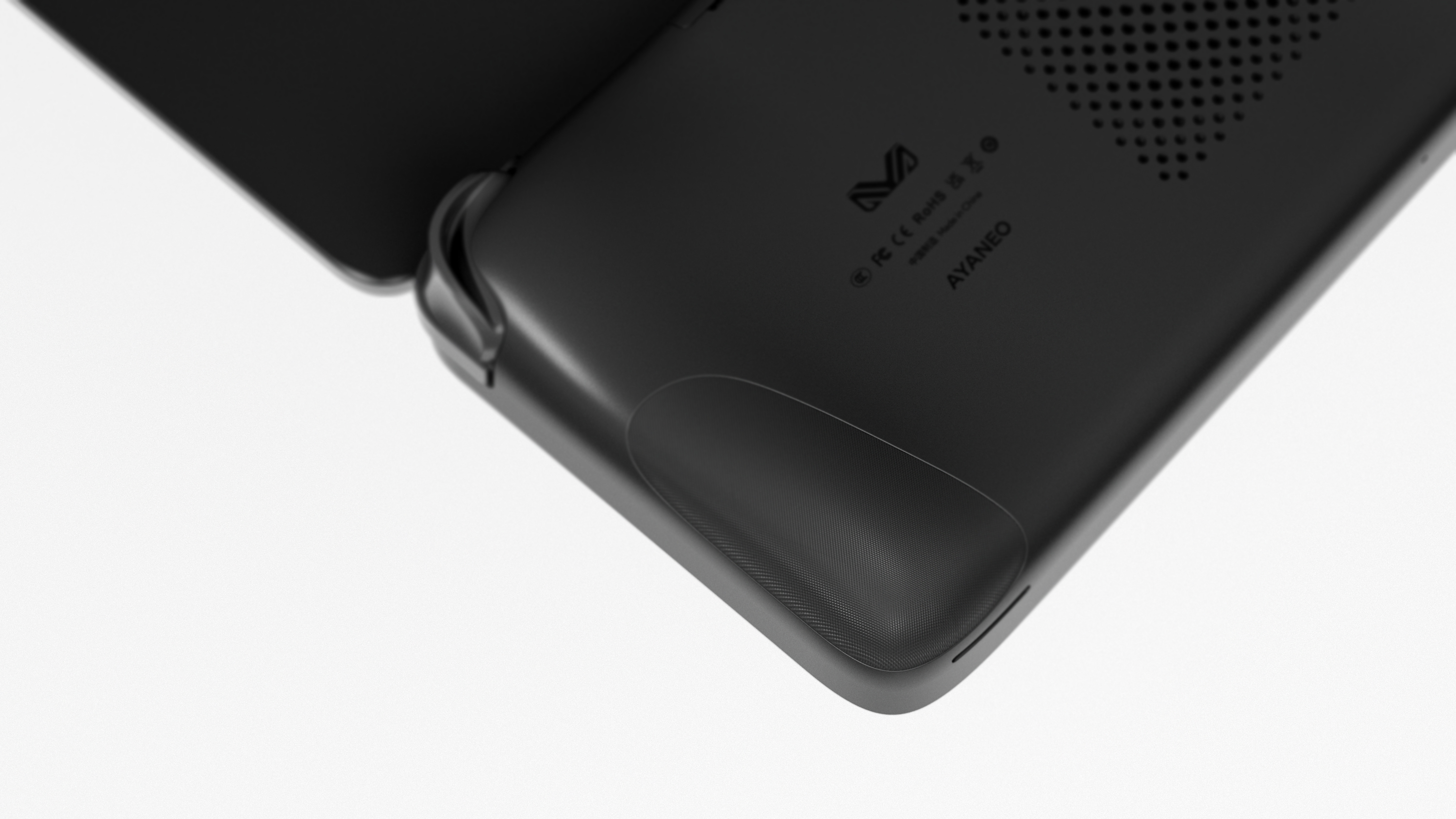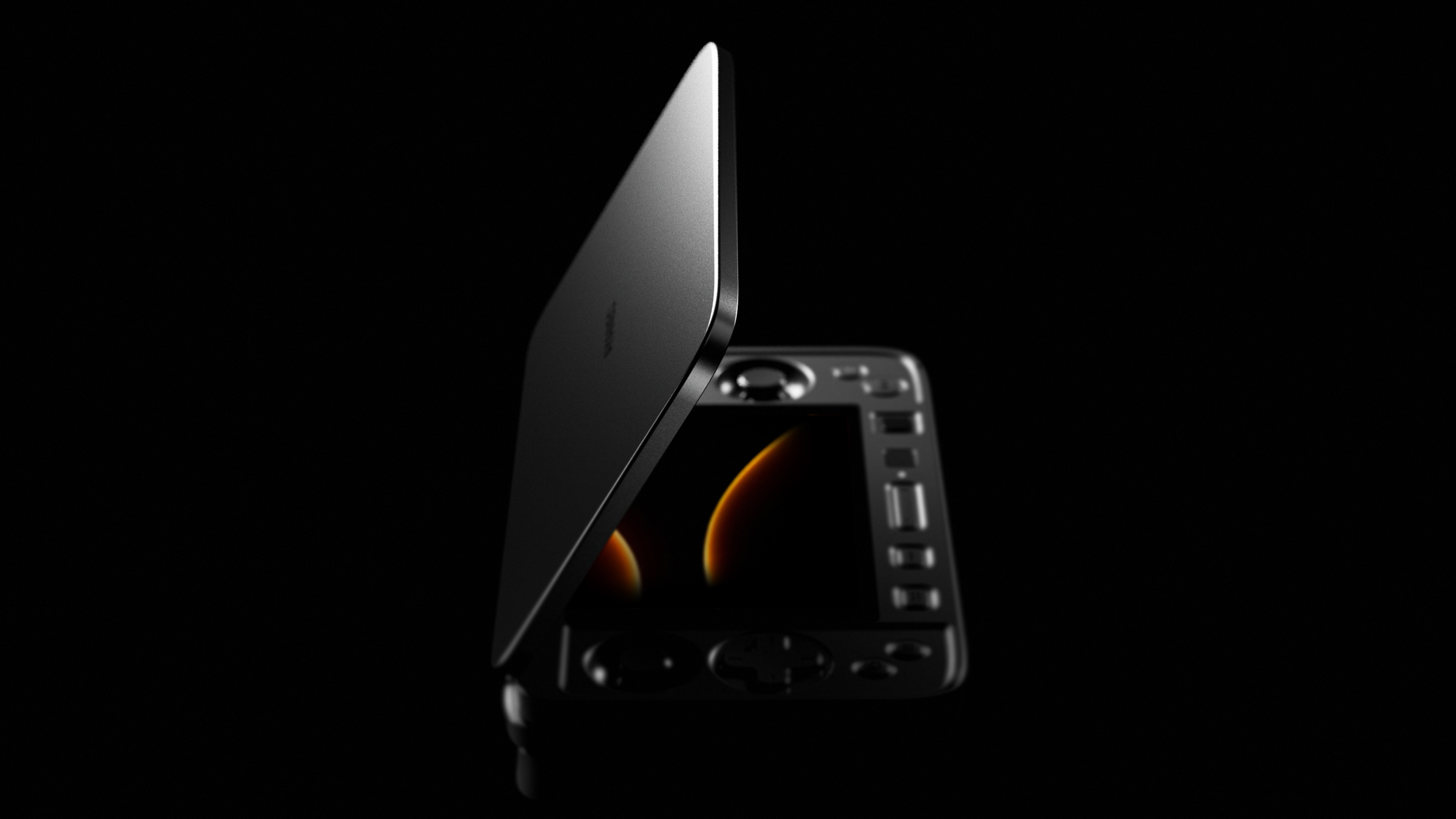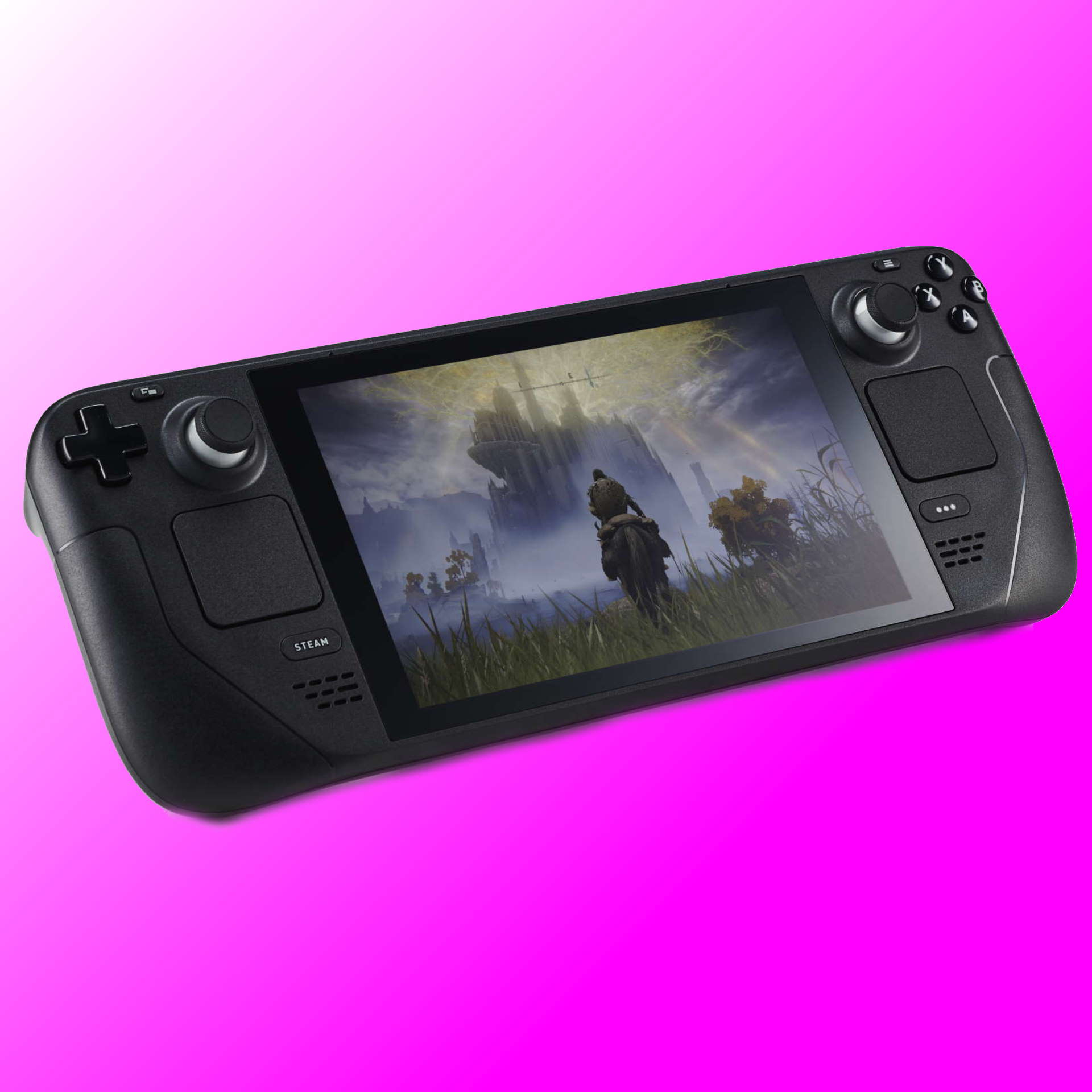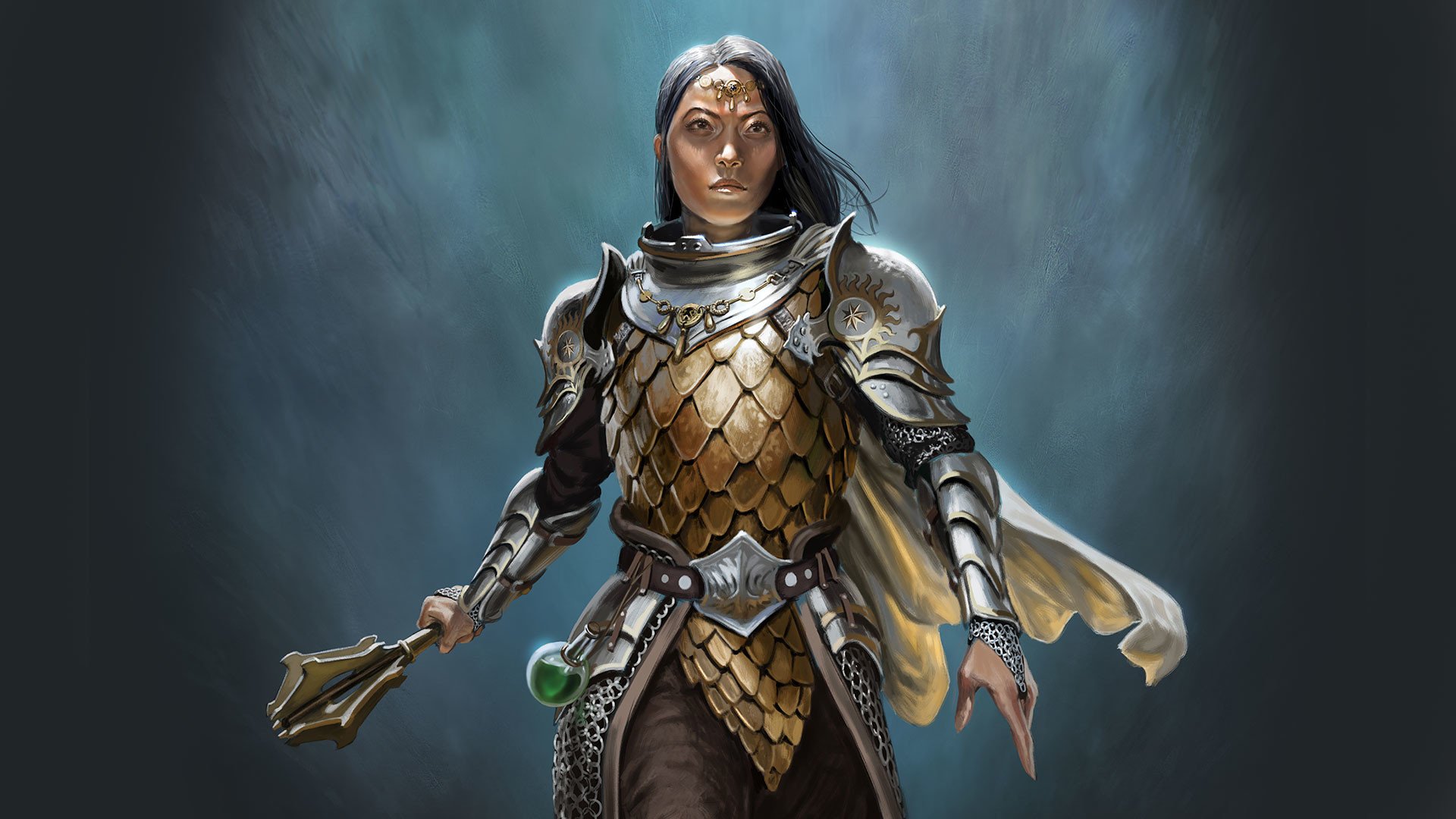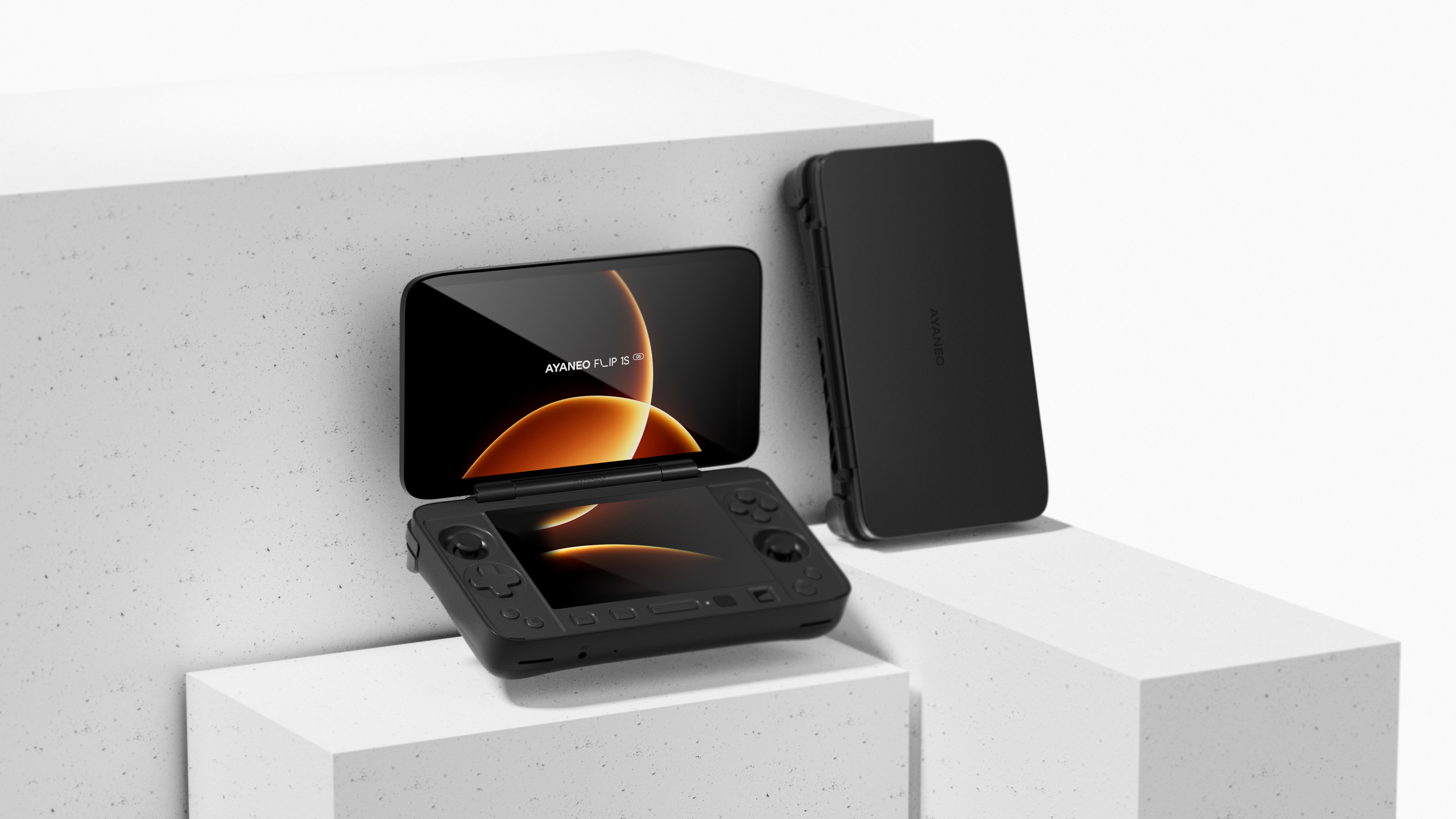
Seriously, check out this nub.
I’ve tested heaps of handheld gaming PCs, from the Steam Deck to the ROG Ally X, and the one that I keep on me at all times is the little-known Ayaneo Flip DS. This little clamshell device has a party trick: two screens. But that’s not all it’s good for. It’s hella convenient, easy to navigate, portable as heck, and now it’s in line for a big ol’ upgrade.
The new Ayaneo Flip 1S DS (catchy) comes with a brand new, powerful processor. The AMD Ryzen 9 HX 370 is a powerful chip from the Strix Point generation. It has four Zen 5 cores and eight Zen 5c cores, with a total of 24 threads, and while that’s pretty beefy for a handheld, it’s the 16 RDNA 3.5 GPU cores that will make all the difference for gaming performance. I was pretty impressed with this chip back when I tested it in a gaming laptop, but we’ve also had hands-on with it inside a handheld: the OneXPlayer OneXFly F1 Pro, and it offers stunning performance even at 15 W.
The other major improvement is a new OLED screen, which replaces the top screen on the hinged design. That’s a 1080p, 144 Hz panel with an 800 nit brightness, which should be bright enough across just seven inches of screen space. The lower screen is a 4.5-inch 1620 x 1080 LCD, which is a slightly stranger aspect ratio than normal, but this screen is largely used for monitoring the system temps, performance, and using the on-screen keyboard and mouse.
Yeah, the lower screen doubling up as a keyboard and mouse is the real game-changer here. It makes using this device as an actual PC a lot easier, as inputting emails and passwords to log into launchers is a whole lot easier without having half your screen covered by the on-screen keyboard.
One of the features I really like about the original Flip DS is the mouse nub, or ”optical finger mouse”. This is a small button-like trackpad that lets you scroll around using small flicks and movements, and it makes getting around the Ayaneo a breeze. It’s also good for in-game mouse controls, where controller inputs aren’t all that suitable. The good news is that the Flip 1S DS has the same control, but this time it’s moved to below the lower screen. I haven’t tried it out yet, but I’m hoping that makes it easier to reach, not harder.
Another upgrade is the use of TMR joysticks, which are sort of like Hall effect in that they ditch stick drift for good, but generally are seen to be preferable to Hall effect in terms of consistent output throughout the range of motion of the stick. Personally, I’ve never felt Hall effect to be lacking in this regard, but other companies seem to be in agreement with Ayaneo here that TMR feels like the next step in joystick, switch, and trigger tech. That said, Ayaneo claims to be the first Windows handheld to support these sticks on a Windows handheld, so that’s something.
Not everything has changed on the new Flip 1S DS. The clamshell looks mostly the same, which means you can ditch the case and just throw this thing straight in your bag, and there are plenty of ports for actually using this thing like a PC. There are now dual, full USB4 ports too. It also runs Windows 11, not Steam OS, and while I’m yet to try porting SteamOS onto the Ayaneo Flip DS, I’m currently in the belief that it will not like the second screen and will remove some of the functionality that makes the Flip DS so good. So that’s probably out.
Altogether, I’m pretty excited about this one. This feels like one of the weirder handheld gaming PCs that actually paid off. We’ll have to wait longer for the release date and price here, as Ayaneo says to watch its Discord for more information. No doubt it won’t be cheap versus a Steam Deck or even the more mainstream best gaming handhelds, but it should be worth a look.
Best handheld gaming PC: What’s the best travel buddy?
Steam Deck OLED review: Our verdict on Valve’s handheld.
Best Steam Deck accessories: Get decked out.
